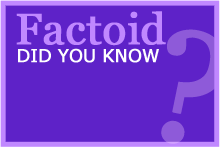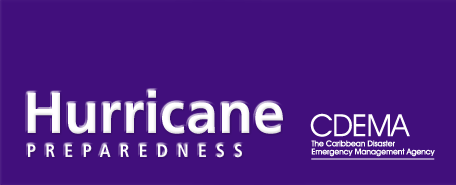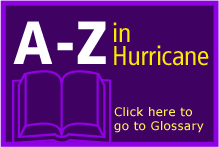|
|
| The Role of the Media |
|
Effective disaster management is crucial!
Public awareness increases levels of consciousness about risks and lets people know what actions to take in reducing the damage which can be caused by hurricanes. As such, the media can help save lives and property in the event of a hurricane when there is an effective public awareness campaign in place. Public awareness activities help in changing behaviour, leading towards a culture of risk reduction. This involves educating the people using radio or television broadcasts, use of printed media, internet, and any source that the public uses to access information. |


























